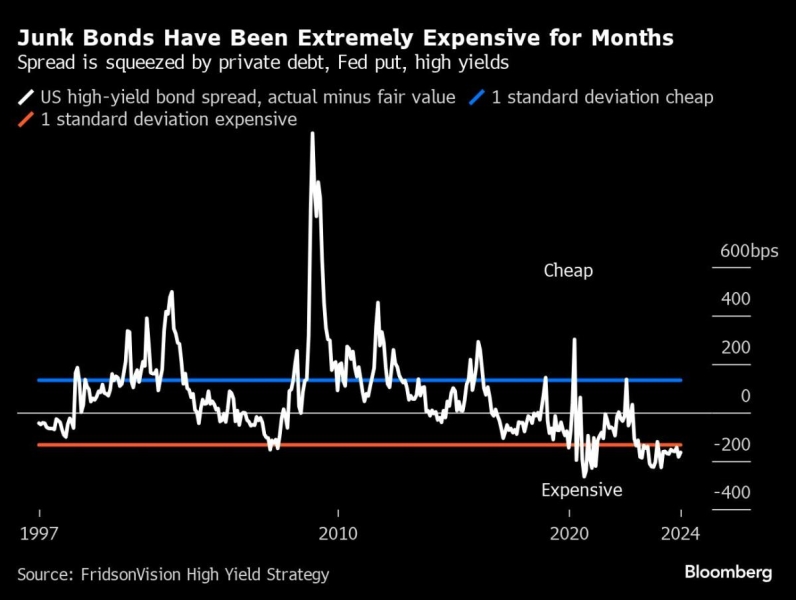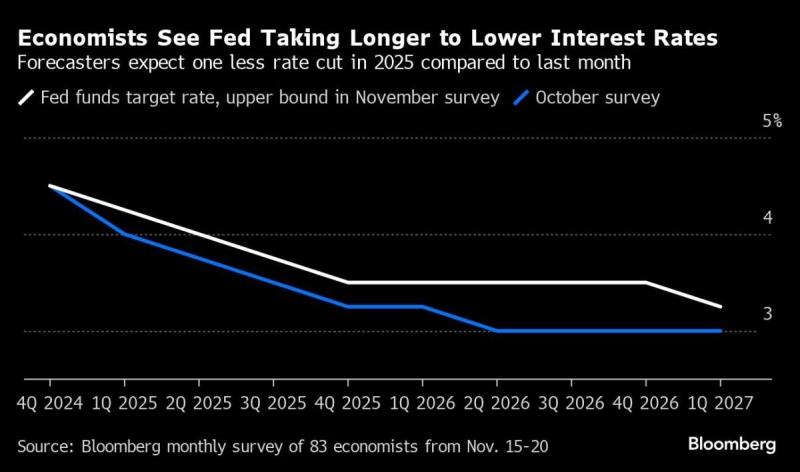
So much for American exceptionalism when it comes to retirement.
The US earned just a C+ for its retirement system in the 16th annual Mercer CFA Institute Global Pension Index, coming in 29th out of 48 countries. Since the index's inception in 2009, the US retirement system has never surpassed a C+.
The big anchors on the American grade include concerns over pension funding and shortfalls in private retirement savings. Like most countries across the globe, the US retirement system must withstand the double whammy of dropping fertility rates and increasing life expectancy.
"It's not just Americans, it's a global problem," Holly Verdeyen, Mercer’s US defined contribution leader, told Yahoo Finance. "The imbalance between retired and working people continues to grow…coupled with increasing lifespans."
Only four countries — the Netherlands, Iceland, Denmark, and Israel — earned an A ranking for their retirement systems, providing key lessons on how to shore up our system. India came in last. Provisions from Secure 2.0 that go into effect next year could also address some of our shortcomings.
The problems in the US
The index examined more than 50 indicators to rank each country's retirement system by adequacy, sustainability, and integrity. Overall, the researchers considered what benefits retirees receive now, if the system could last amid demographic changes, and if private retirement plans are regulated to encourage long-term confidence.
This year, the index score for the US decreased to 60.4 from 63.0, putting it in the same grade tier as the United Arab Emirates, Kazakhstan, Hong Kong, Spain, Colombia, and Saudi Arabia, though each of those countries had a higher overall score. The United States earned a C+ for adequacy and a C each for the sustainability and integrity of its retirement system.
Drilling down, the largest dilemmas for the US come from pensions and private retirement savings accounts, major sources of income for American retirees.
Let's start with pensions, which are not nearly as prevalent as they were a generation ago. Still, 21% of workers have one through their employer.
A pension pays out a benefit for a certain amount of time, such as through the end of a person's life, or, in some cases, even longer if a surviving spouse qualifies for continued benefits. Because people are living longer, those receiving benefits will be getting that money "for significantly longer than initially forecast today," Verdeyen said. "That's one thing."
On top of that, pensions depend on workers to fund benefits to retirees. But thanks to declining birth rates, there are fewer workers contributing to these pension systems, leading to funding shortfalls that largely affect public-sector employees and workers in the few industries that still offer these retirement benefits.
The US earned a C+ for its retirement system in the 16th annual Mercer CFA Institute Global Pension Index, coming in 29th out of 48 countries. (Photo: Getty Creative) (Steve Smith via Getty Images)
What's left in Americans' retirement arsenal is savings in private retirement plans, primarily employer-sponsored plans like 401(k)s. But based on the most recent research, Americans are expected to outlive those savings by about 10 years, Verdeyen said.
So, people need to either save more or work longer, or both, she said. And they are working longer, on average, by two years. But they are also projected to live 4.4 years longer too.
"So life expectancy increases are more than double the average rise in retirement ages," she said. "So this gap between how much people have saved and how much they need to fund an adequate retirement is going to continue to grow."
Social Security, the federal program that all workers pay into throughout their working life, is the third pillar that supports Americans in retirement. Similar to pensions, Social Security is facing a funding problem because of the worker-to-retiree imbalance. Its reserve fund is projected to run out in 2033, at which point the social welfare program will only be able to pay out 79% of benefits, a costly cut for many seniors.
"This trend [of longer lifespans and lower birth rates] puts pressure on both the private retirement system and the publicly funded Social Security safety net," Verdeyen said.
Read more: Retirement planning: A step-by-step guide
The Netherlands offer a model
The Mercer report offers some straightforward ways to buttress the US retirement system. Americans could also take some best practices from the No. 1 retirement system in the world — the Netherlands.
To start, all US employers should incorporate the best features of a private retirement system, Verdeyen said, which include automatic enrollment, automatic escalation of a worker's savings rate that would provide adequate income at retirement, and better education.
In the Netherlands, for example, it's "quasi-mandatory" for employers to provide retirement plans. While the government doesn't mandate it, industry unions do through collective bargaining agreements. All companies in an industry must abide by those agreements.
"The bigger point is that once an employer-sponsored retirement program is offered, employees in the Netherlands are automatically enrolled," Verdeyen said. "So that makes participation in the Netherlands pretty much mandatory for a very large part of the workforce."
Only four countries — the Netherlands, Iceland, Denmark, and Israel — earned an A ranking for their retirement systems. (Photo: Getty Creative) (Alexander Spatari via Getty Images)
However, in the US, a third of private industry workers don't have access to an employer-sponsored retirement plan.
The Secure 2.0 Act, legislation President Joe Biden signed into law in 2023, aims to boost participation in the US by requiring employers with new 401(k) and 403(b) plans to automatically enroll their workers, starting in 2025. The legislation also includes auto-escalation of contributions.
"In that way, automatic enrollment is going to become mandatory for a large part of our new retirement plans, which over time, I think should improve our rating in the index in the US," Verdeyen said.
The final fix is for employers to provide easy-to-implement ways to turn worker savings into a reliable stream of income. That could be as simple as embedding a payment feature into a retirement plan that pays out a monthly sum starting at a certain age to help people delay taking Social Security.
"If people delayed their Social Security benefit from age 67 to 70, it would be about a 24% increase in the Social Security retirement annuity payment that they would get," Verdeyen said.
Read more: What is the retirement age for Social Security, 401(k), and IRA withdrawals?
Employers could also offer lifetime income features in target-date funds, which is the default investment for most retirement plan participants. That would also alleviate concerns over outliving one's retirement savings.
"The defined contribution system has really only focused on getting workers through to their point of retirement," Verdeyen said. "But it has fallen short in helping workers get all the way through retirement."
Janna Herron is a Senior Columnist at Yahoo Finance. Follow her on X @JannaHerron.





